At the SBG, we work hard to maintain our beautiful gardens as a habitat for monarchs and other pollinators. But you don’t have to have a huge garden to help!
It could be as simple as adding native milkweed to your existing garden. Milkweed is the monarch’s host plant: the only plant the caterpillar can eat, and the only place a monarch will lay her eggs. It’s also a good source of nectar, as are other fall-bloomers such as native asters and goldenrod. These late-summer beauties provide much-needed fuel for monarchs as they move south to Mexico, and help other pollinators make a healthy transition to winter.
For more ideas about how to create habitat for monarchs and other pollinators, visit our website: snetsingerbutterflygarden.org
Author: Lisa Schneider
Photo credit: Pam Ford

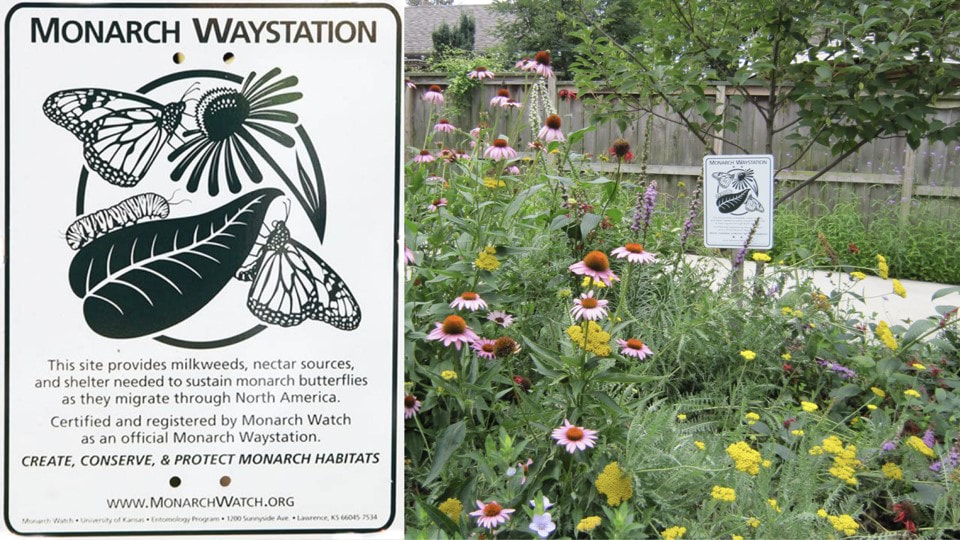
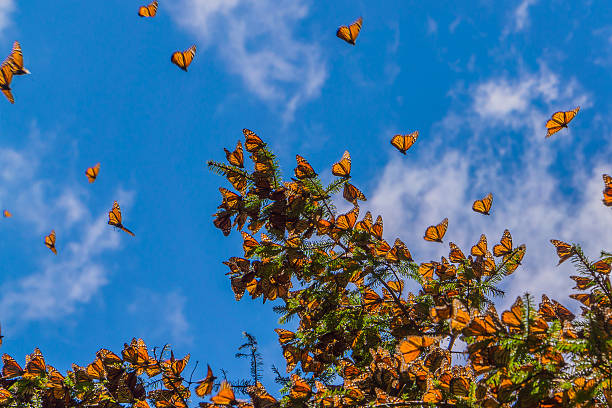
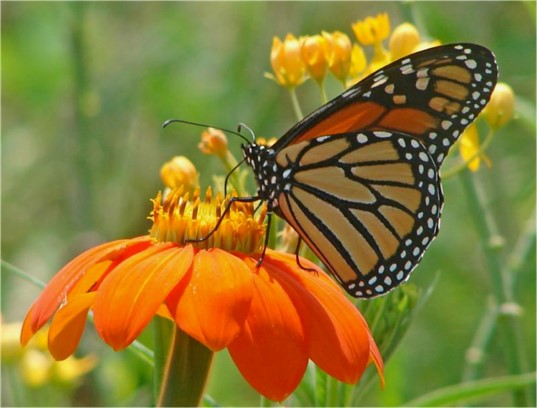
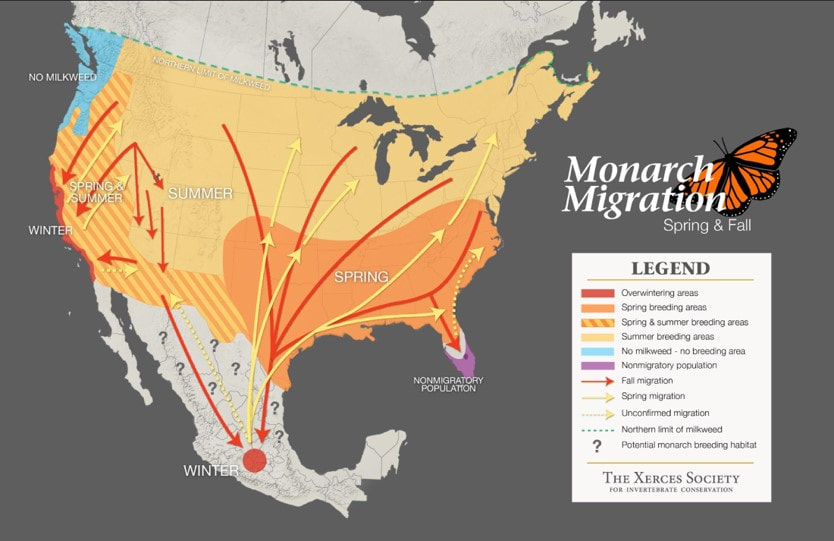
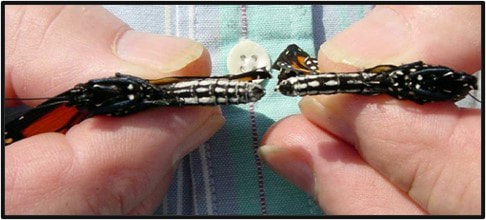
 RSS Feed
RSS Feed